Emmett's Garden is a six-acre National Trust garden, woodland and arboretum located in Kent, England and maintained by the National Trust. I visited Emmett's Garden at the beginning of August, and the rose garden was particularly beautiful. So, who was Emmett and how did this garden come to be created, and why is it here and maintained and a tourist attraction today? Read on to find out.

Emmett's Garden was created in 1860 along with the adjoining house. The house is privately owned and located behind the rose garden, but visitors cannot access this. The name "Emmett" actually does not relate to a person, but it is a local word that means "ant", and this place got its name for the large anthills that covered the area. There are some references to ants in the park with sculptures, which is mainly an attraction for children.
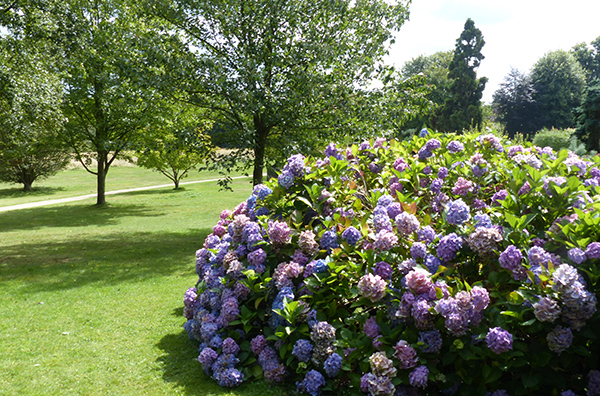
The land and home was purchased in 1890 by Frederic Lubbock, who was a banker and avid gardener and who had a large family. Lubbock's older brother was a world expert on ants, which is probably what influenced the purchase of the land. As well as enjoying studying and writing about ants and bees, he was responsible for giving workers time off and Bank Holidays. The gardens were planned in the early 1890s by a friend William Robinson, and the Edwardian style of garden design was achived. A shrub garden, pictured above, was added a few years later. Lubbock enjoyed his gardening as it was his passion, so he spent a lot of time on making it beautiful.
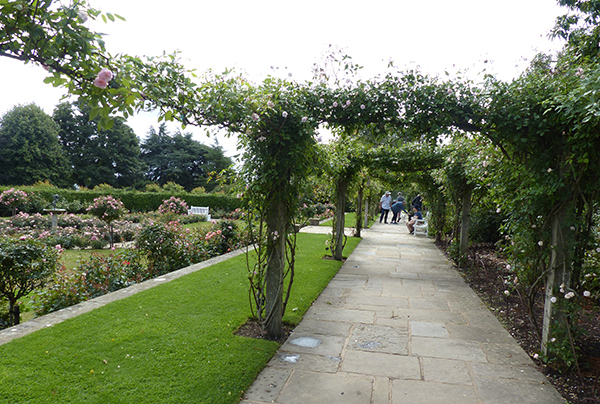
In 1927, Lubbock passed away and Charles Watson Boise, an American geologist, purchased the land. Boise had made his fortune in diamond mining. He continued to employ the gardener that Lubbock had used. He largely kept the gardens the same but had filled in the ponds because he worried about catching malaria as he had done in the Congo, increasing the size of the rock garden, and creating a golf course. Boise had also enjoyed village life and invited local children to enjoy the gardens at Christmas and turned his Buick into a fire vehicle during World War 2 to help put out fires and control damage. In the early 1960s, he left the gardens to the National Trust. In 1987, a storm brought down some trees and shrubs that had been planted by both men, and the National Trust had to replant, so many of the trees in the arboretum side are young.

Upon entering, visitors can walk through the rock garden, which does contain a small pond.
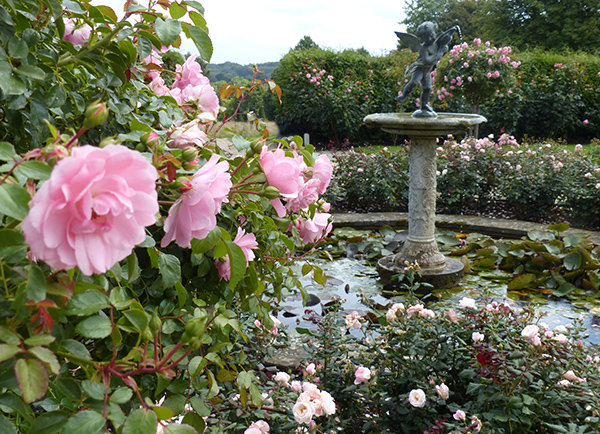
After the rock garden, visitors can sit on one of the benches in the rose garden or admire the feature-piece, a fountain with a statue of Cupid. The roses were particularly beautiful when I visited them.
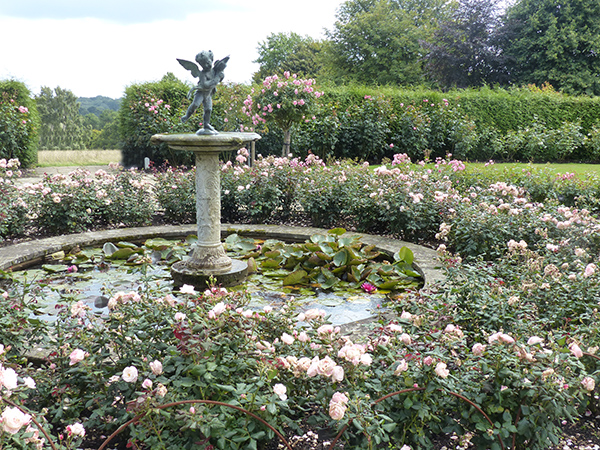

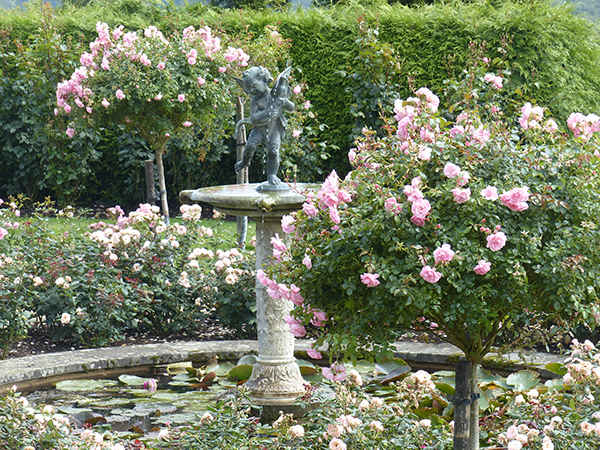
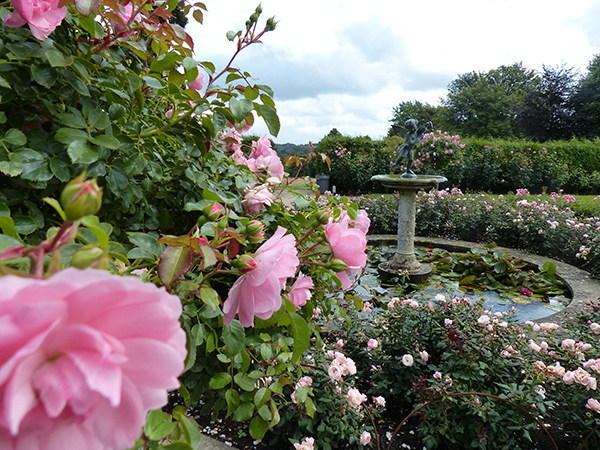
After visiting the arboretum, I visited the other gardens on the way back through to the exit. These contain mainly wildflowers and are located with a small pond.




The lower part of the rock garden is also passed through on the way back.

Opposite this is a small cherry orchard, open field, and an area on flat land that had tulip bulbs planted on it and should look beautiful in the spring. The bluebells are also said to be in abundance here.
Emmett's Garden is open from March until December. The best times to visit are in the early or late spring or mid-summer when the flowers are in bloom. I am unsure how the gardens or arboretum look in the autumn if visited then, but I highly recommend this in the summer, particularly when the roses are in bloom. (I visited near the beginning of August.)

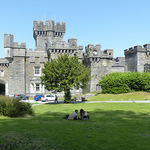
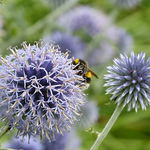
Leave a comment